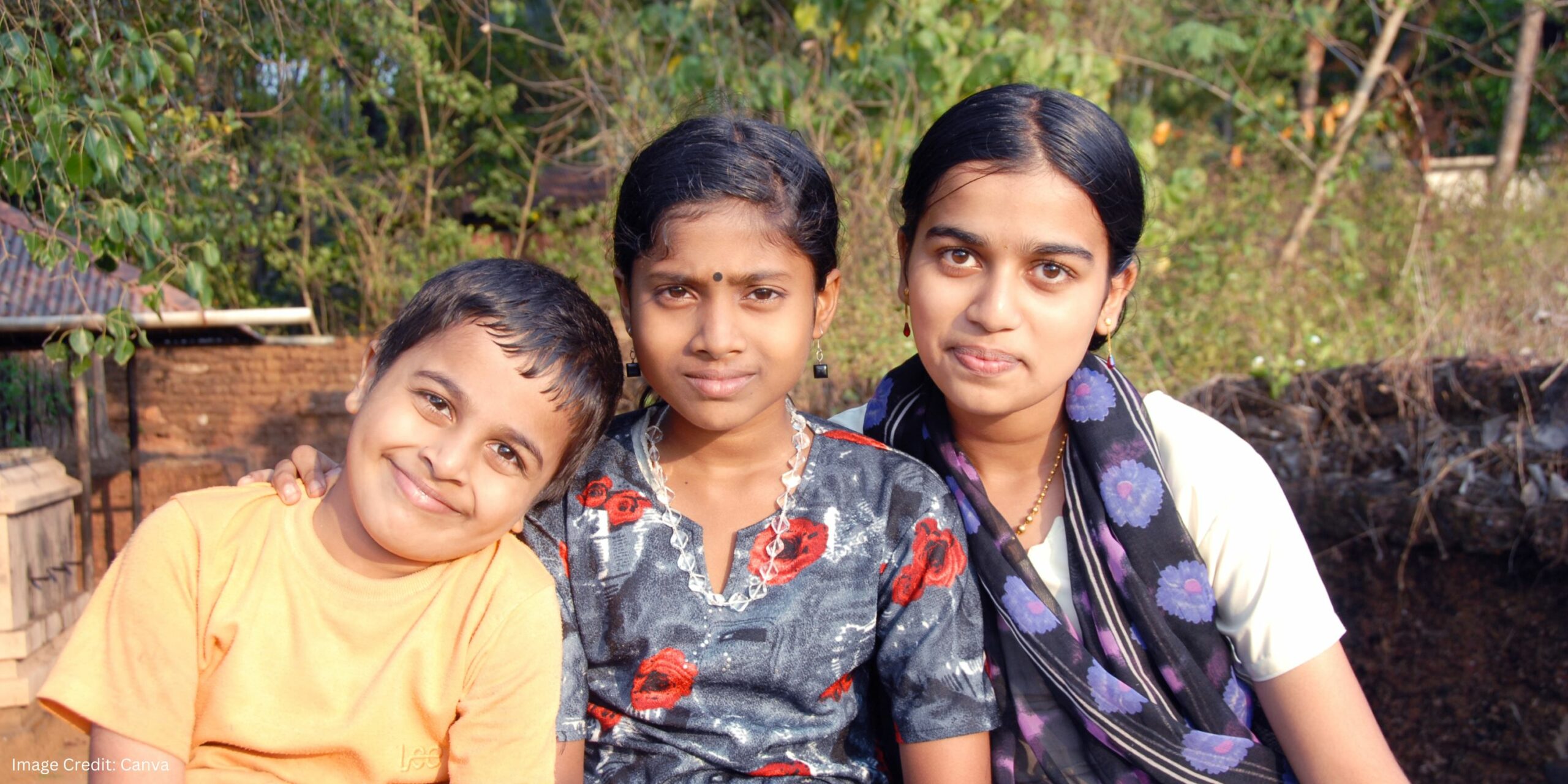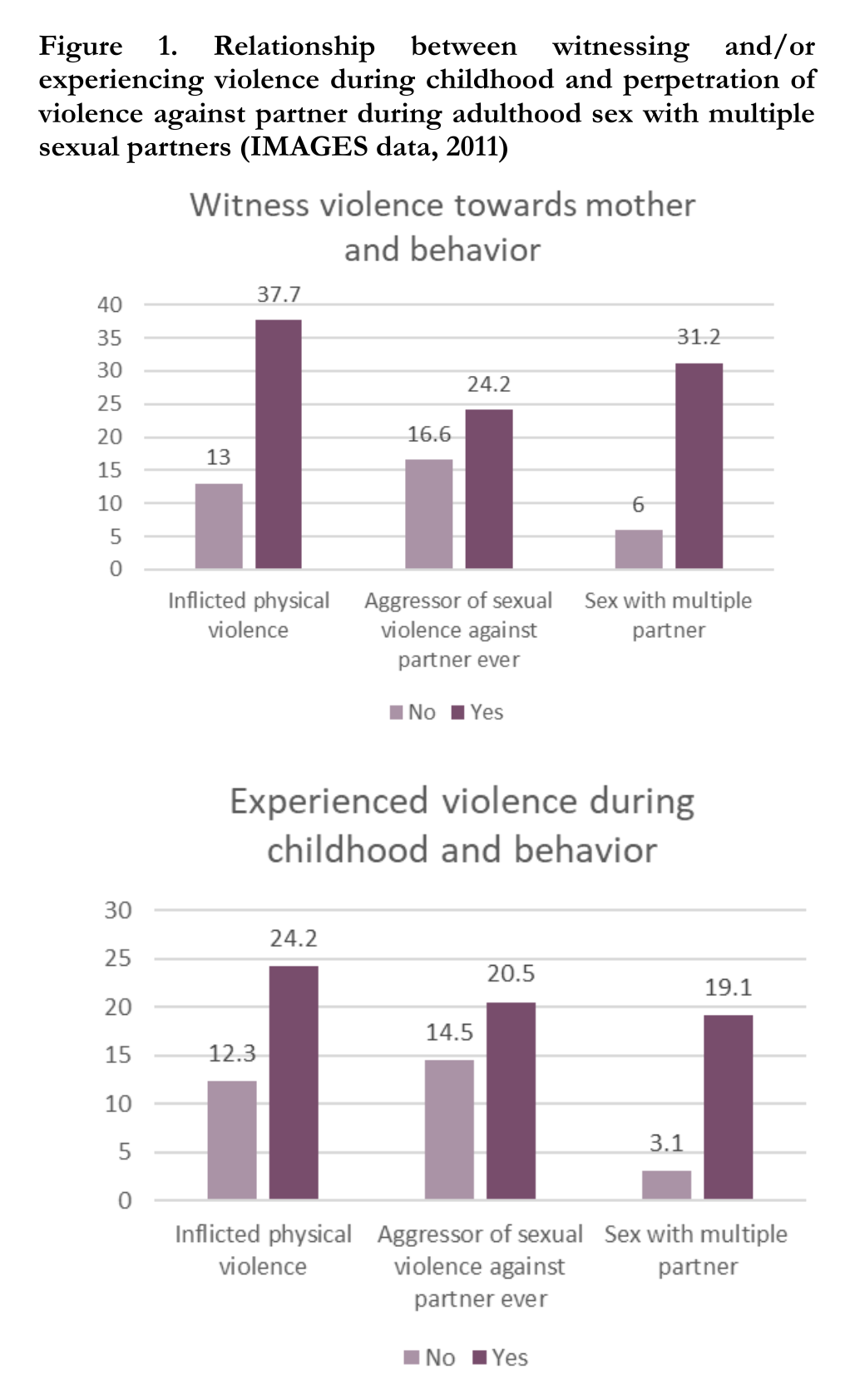

The NFHS-2019-21 data shows that one in five men support violence against intimate partners, and 80 per cent of Indian men believe that a man should have the final say at home (IIPS & ICF, 2021). This viewpoint of male supremacy, very often even supported by women, sees gender equality as a zero-sum game that creates challenges, especially when involving men in gender equality efforts (Verma, 2018). Men may feel that gender equality initiatives mean relinquishing power to women and may not fully realise the adverse impact of hegemonic masculinity on them. Studies on men and violence worldwide show that one in three men who perpetrated violence against their wives/partners also felt that women’s rights come at the expense of men. Two-thirds of them said that women’s empowerment policies are too harsh for men (ICRW & PROMUNDO, 2010).
 How and where do men acquire these ideas? In recent decades, there has been a substantial increase in research and programmes targeting adolescents from 10-14 years (Mmari, 2023) and 15-19 years (Mmari et al., 2024). These studies have shown that adolescents as young as ten years old already have formed perceptions about gender norms that have a lasting impact on their health and behaviours (Koenig, 2021). Adolescent boys are made to actualise their eventual role of provider and protector through rites of passage (Verma & Mahendra, 2004). Studies on men and masculinities, on the other hand, have also increased rapidly in the last decade, showing that men who experienced and/or witnessed violence within their families – father beating mother or being violent – are more likely to become violent men and justify inequitable attitudes and behaviours and engage in multiple sexual partner behaviour than those who did not experience or witness violence within the family (Figure 1) (Barker et al., 2011). The link between experiencing and witnessing violence during childhood and later perpetrating violence in adulthood is well-documented (Contreras et al., 2011).
How and where do men acquire these ideas? In recent decades, there has been a substantial increase in research and programmes targeting adolescents from 10-14 years (Mmari, 2023) and 15-19 years (Mmari et al., 2024). These studies have shown that adolescents as young as ten years old already have formed perceptions about gender norms that have a lasting impact on their health and behaviours (Koenig, 2021). Adolescent boys are made to actualise their eventual role of provider and protector through rites of passage (Verma & Mahendra, 2004). Studies on men and masculinities, on the other hand, have also increased rapidly in the last decade, showing that men who experienced and/or witnessed violence within their families – father beating mother or being violent – are more likely to become violent men and justify inequitable attitudes and behaviours and engage in multiple sexual partner behaviour than those who did not experience or witness violence within the family (Figure 1) (Barker et al., 2011). The link between experiencing and witnessing violence during childhood and later perpetrating violence in adulthood is well-documented (Contreras et al., 2011).
The relationship between masculinity and violence against women and girls and gender variant groups is complicated by men’s vulnerability and their inability to exert ‘male dominance and power’ or fulfil the expected male role of being a provider. International Men and Gender Equality Survey (IMAGES) data also showed that men who felt economically disempowered due to unemployment or underemployment were more likely to perpetrate violence against intimate partners (Barker et al., 2011).
The concept of male privilege and dominance within a patriarchal framework necessitates that men and growing boys conform to an archetype characterised by toughness, muscularity, emotional repression, resolution of conflicts through interpersonal violence, exertion of control over women and girls, and participation in risk-taking behaviour.
During the crucial stage of adolescence, boys and girls begin to shape their gender identities under the watchful eyes of patriarchal gender norms as practised within families and institutions like schools. By involving adolescents in conversations and initiatives that challenge conventional gender roles, we can help them develop a nuanced understanding of gender and its societal impact (Achyut et al., 2016). This, in turn, can contribute to dismantling harmful stereotypes and biases, fostering a more just and equal world for all.
Moreover, working with adolescents on gender norms is crucial for promoting mental and emotional well-being. Many adolescents grapple with conforming to societal gender expectations, leading to feelings of isolation, anxiety, and diminished self-esteem (Verma & Khurana, 2023). By creating spaces for open dialogue and education around gender norms, we can support adolescents in developing a positive and affirming sense of self, irrespective of their alignment with traditional gender expectations. Furthermore, addressing gender norms during adolescence is essential for fostering healthy and respectful relationships. Traditional gender norms often perpetuate power imbalances and unhealthy dynamics within relationships. By providing adolescents with the tools to critically analyse and deconstruct these norms, we can enable them to transform how they relate to others. They must establish relationships based on mutual respect, consent, and equality, ultimately contributing to the prevention of gender-based violence and discrimination.
 Additionally, addressing gender norms during adolescence and especially impacting institutions where inequitable gender norms are practised is crucial for preparing young people to navigate the complexities of the modern world (Nanda et al., 2020). As societal understandings of gender evolve, adolescents need the skills and knowledge to engage with these changes thoughtfully and respectfully. By encouraging critical thinking and reflection on gender norms, we can equip adolescents to become active and empathetic participants in shaping a more inclusive and equitable society.
Additionally, addressing gender norms during adolescence and especially impacting institutions where inequitable gender norms are practised is crucial for preparing young people to navigate the complexities of the modern world (Nanda et al., 2020). As societal understandings of gender evolve, adolescents need the skills and knowledge to engage with these changes thoughtfully and respectfully. By encouraging critical thinking and reflection on gender norms, we can equip adolescents to become active and empathetic participants in shaping a more inclusive and equitable society.
What is important to understand is that the need to transform gender norms is neither exclusively a women’s issue nor a men’s issue, but is a society-wide issue. It is as much about women’s empowerment and reclaiming safe space as it is about deconstructing masculinity and dismantling privilege; it is also about support and intervention for women as it is about education, awareness, and prevention of harm for men. Boys and men must be addressed as part of the solution, not just part of the problem. They need to be engaged with and challenged to critically reflect on the existence of patriarchy, male power and privilege; to analyse the costs to women and girls, but also the costs to men and boys and others who don’t conform to the traditional binary gender norms. Finally, men and boys must also be shown the benefits of gender equality. The ideas of male supremacy and entitlement must be challenged early and in a sustained manner. They must know that gender equality is a public good, not a zero-sum game.
References
Achyut, P., Bhatla, N., Verma, H., Uttamacharya, Singh, G., Bhattacharya, S., & Verma, R., (2016). Towards gender equality: The GEMS journey thus far. International Center for Research on Women. https://www.icrw.org/wp-content/uploads/2016/12/GEMS-report-Jharkhand.pdf
Barker, G., Contreras, J. M., Heilman, B., Singh, A. K., Verma, R. K., & Nascimento, M. (2011). Evolving Men: Initial Results from the International Men and Gender Equality Survey (IMAGES).Washington.
Contreras, M., Singh, A., Heilman, B., Barker, B., & Verma, R. (2011). Connections between early childhood experiences of violence and intimate partner violence. Early Childhood Matters.116 26–32.
International Centre for Research on Women (ICRW) and PROMUNDO. (2010). https://www.icrw.org/publications/international-men-and-gender-equality-survey-images/
International Institute for Population Sciences (IIPS) and ICF. (2021). National Family Health Survey (NFHS-5), 2019-21: India, Mumbai: IIPS.
Koenig, L. R., Blum, R. W., Shervington, D., Green, J., Li, M., Tabana, H., & Moreau, C. (2021). Unequal gender norms are related to symptoms of depression among young adolescents: a cross-sectional, cross-cultural study. Journal of Adolescent Health, 69(1), S47-S55.
Mmari, K. (2023). Are gender-transformative interventions effective among very young adolescents?. Journal of Adolescent Health, 73(1), S1-S2. https://www.jahonline.org/article/S1054-139X(23)00175-1/fulltext
Mamri, K., Simon, C., & Verma, R. (2024). Gender Transformative Interventions for Young Adolescents: What Have We Learned and Where Should We Go? The manuscript has been accepted for publication in the Journal of Adolescent Health. (in Press)
Nanda, S., Banerjee, P., & Verma, R. K. (2020). Engaging Boys in a Comprehensive Model to Address Sexual and Gender-Based Violence in Schools. South Asian Journal of Law, Policy, and Social Research, 1, 1, 2020.
Verma, R. K., & Mahendra, V. S. (2004). Construction of masculinity in India: A gender and sexual health perspective. Journal of Family Welfare, 50(I), 71.
Verma, R. K. (2018). Role of Men in Violence Against Women Do We Know Enough, Can We Do Enough? In 25 years of Women Empowerment; National Commission for Women, GOI, pp 58-63,
Verma, R. K., & Khurana, N. V. (2023). Healthy masculinities and the wellbeing of young men and boys. BMJ, p. 385. https://doi.org/10.1136/bmj.p385
__________________________
Ravi Verma is Executive Director of the International Centre for Research on Women (ICRW). With more than 30 years of experience working on issues of gender equality and engaging men and boys in development discourses, his research is primarily focused on the intersectional nature of gender, violence, and empowerment.
![]()